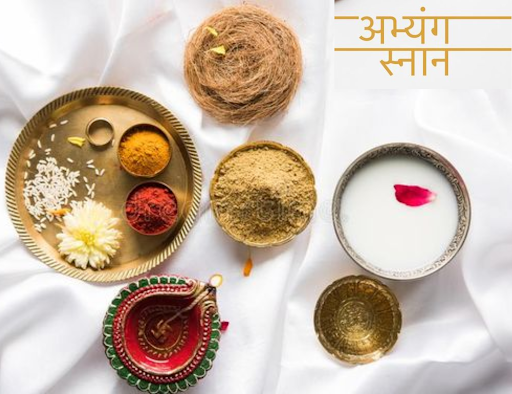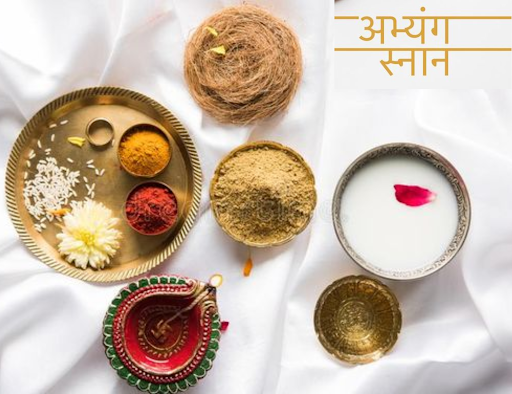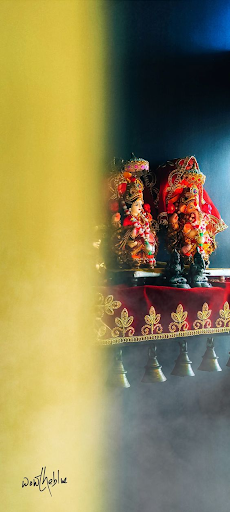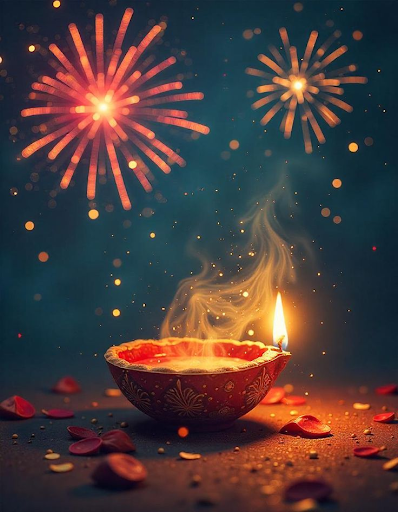Choti Diwali vs. Diwali: What's the Difference and How to Celebrate Both?
 Dharmik
Dharmik
As the grand festival of Diwali approaches, the days leading up to it are filled with joy, rituals, and celebrations. Among these days, Choti Diwali is a significant but often misunderstood part of the festivities. It has its own customs, unique history, and importance, which together add depth to the Diwali celebration. Here’s a closer look at Choti Diwali, its significance compared to the main Diwali day, and how you can honor both.
What is Choti Diwali?
Choti Diwali, also known as Naraka Chaturdashi, is celebrated a day before the main Diwali day, which is Lakshmi Puja. The term “Choti” means “small,” but the day itself holds immense spiritual and cultural importance. Choti Diwali commemorates the victory of Lord Krishna and his consort Satyabhama over the demon Narakasura. This victory symbolizes the triumph of light over darkness and good over evil.
Key Rituals and Traditions of Choti Diwali
Abhyanga Snan (Holy Bath):
People wake up early and bathe using oils and herbal pastes, a practice believed to remove impurities from both body and mind. This holy bath is significant as it symbolizes cleansing oneself from negativity and prepares for the positivity of Diwali.

Lighting Diyas and Candles:
On the evening of Choti Diwali, homes are adorned with lamps, candles, and rangoli. Lighting diyas is a form of prayer, inviting peace and prosperity by illuminating every corner of the house to drive away evil energies.
Offerings to Ancestors:
In some parts of India, Choti Diwali is a time to honor ancestors with special prayers. This serves as a tribute to family traditions and a way to seek blessings from forebears for the coming year.
Miniature Firework Displays:
Fireworks are often reserved for Diwali, but some regions celebrate Choti Diwali with small sparklers and flowerpots. The quiet and modest celebration mirrors the tone of reverence of the day.
Diwali (Lakshmi Puja) – The Main Festival of Lights
The next day, Diwali—or Lakshmi Puja—is celebrated with great fervor as the primary day of the festival. Diwali is centered around worshiping Goddess Lakshmi, the deity of wealth and prosperity, alongside Lord Ganesha, the remover of obstacles.
Key Rituals and Traditions of Diwali
Lakshmi and Ganesh Puja:
Diwali’s main event is the evening puja to invoke the blessings of Goddess Lakshmi and Lord Ganesha. Families perform a ritual to welcome prosperity into their homes and business for the coming year. Offerings include sweets, flowers, and items symbolizing abundance and wealth.
Bursting Firecrackers:
Firecrackers and fireworks mark the celebration as a way of driving away evil spirits. This ritual is enjoyed across generations and is seen as an act to amplify the festive joy and energy of Diwali.

Gifting and Sharing Sweets:
Diwali is a time for sharing love and warmth through gifts and sweets. Families exchange gifts to express appreciation, and traditional sweets are distributed to neighbors, friends, and family, reflecting the communal joy and goodwill of the festival.
Decorating with Lights and Rangolis:
Homes are illuminated with diyas and colorful lights, while elaborate rangolis decorate doorways and courtyards. These designs are meant to welcome guests as well as divine energies into homes.

Differences Between Choti Diwali and Diwali
While both days celebrate victory over evil and light over darkness, Choti Diwali is more about cleansing, preparation, and a quiet celebration, while Diwali is a grand celebration, with significant focus on worshiping deities, seeking prosperity, and community joy.
Spiritual Significance:
Choti Diwali commemorates Lord Krishna’s victory over Narakasura, while Diwali celebrates the return of Lord Rama to Ayodhya after his victory over Ravana, as well as the worship of Goddess Lakshmi.
Rituals:
The Choti Diwali bath (Abhyanga Snan) is distinct to the day, while Diwali’s highlight is the evening Lakshmi and Ganesh Puja.
Celebration Intensity:
Choti Diwali is often quieter, while Diwali involves larger gatherings, more elaborate decorations, and brighter displays of fireworks and lights.
How to Celebrate Both Days
To fully appreciate the richness of Diwali, consider integrating the customs of both days into your celebrations. Here’s how:
For Choti Diwali:
Start with an early morning ritual bath, decorate your home with a few diyas, and create a simple rangoli. You may also take this time for introspection and cleansing of any negative thoughts, preparing yourself spiritually for Diwali.
For Diwali:
On Diwali, perform the Lakshmi and Ganesh puja in the evening, invite family and friends, and share sweets to foster a sense of togetherness. Create more elaborate decorations, light up your home, and enjoy the vibrant display of fireworks with loved ones.
Modern Convenience with Tradition:
Dharmik App For those who want to keep the traditional spirit of Diwali alive, especially during busy schedules, the Dharmik offers a modern solution. With the Dharmik app, you can book pujas for Diwali celebrations in Ayodhya and have blessed prasad boxes delivered to your doorstep. This way, even if you’re far from a holy site, you can still partake in the sanctity of the festival and make your Diwali experience complete. Whether you observe Choti Diwali quietly or make grand plans for Diwali, these traditions highlight the festival’s values: harmony, light, and the enduring power of good over evil. Happy Diwali to you and your loved ones!
Subscribe to my newsletter
Read articles from Dharmik directly inside your inbox. Subscribe to the newsletter, and don't miss out.
Written by

Dharmik
Dharmik
Dharmik is India's premier religious App, offering a cherished experience for Hindu devotees. Seamlessly book Online Puja and receive the divine Prasad. Your spiritual journey begins with Dharmik, where tradition meets technology.